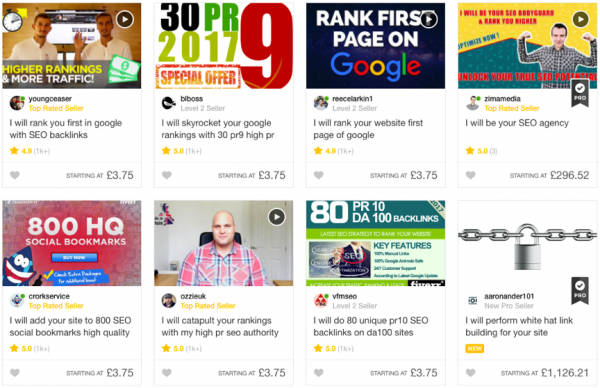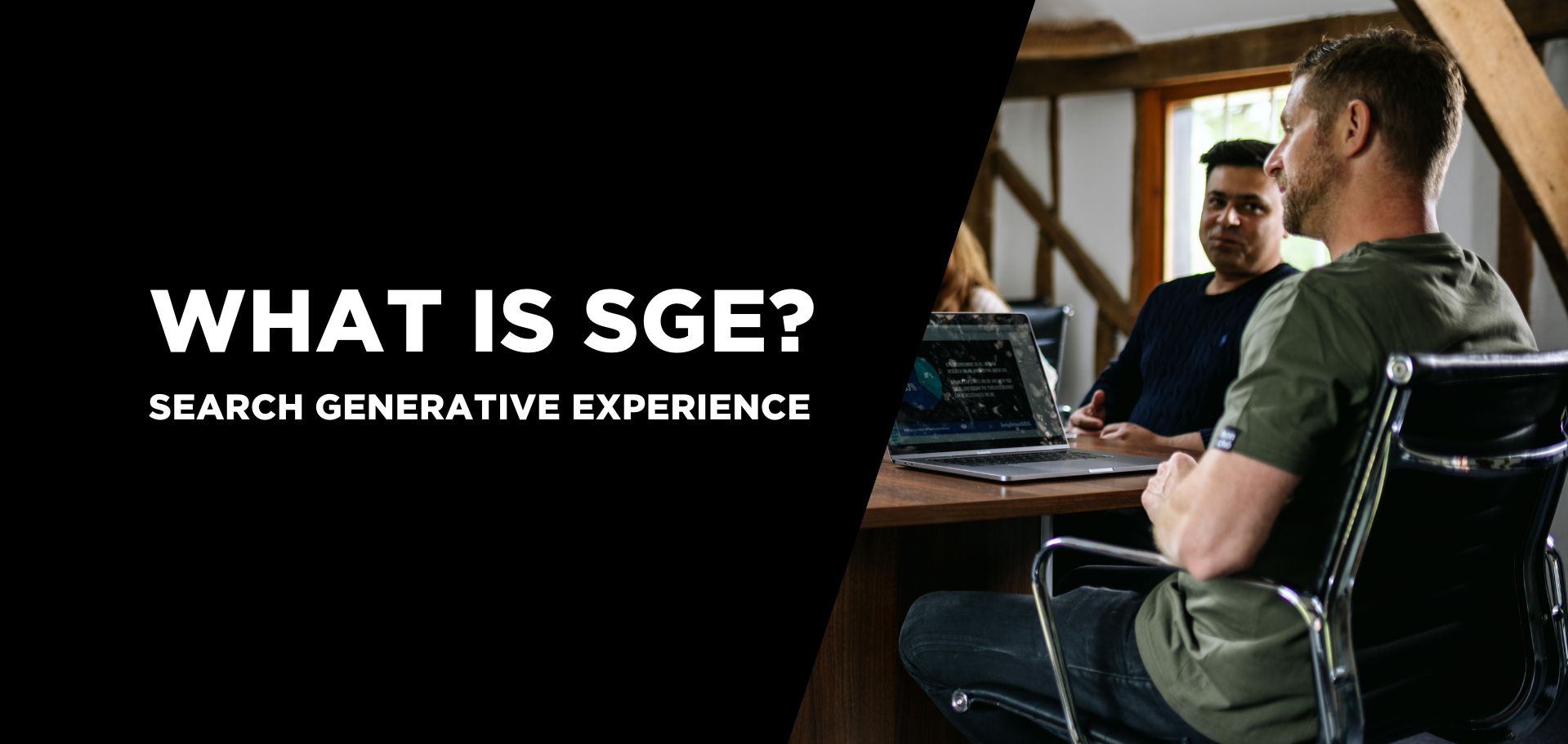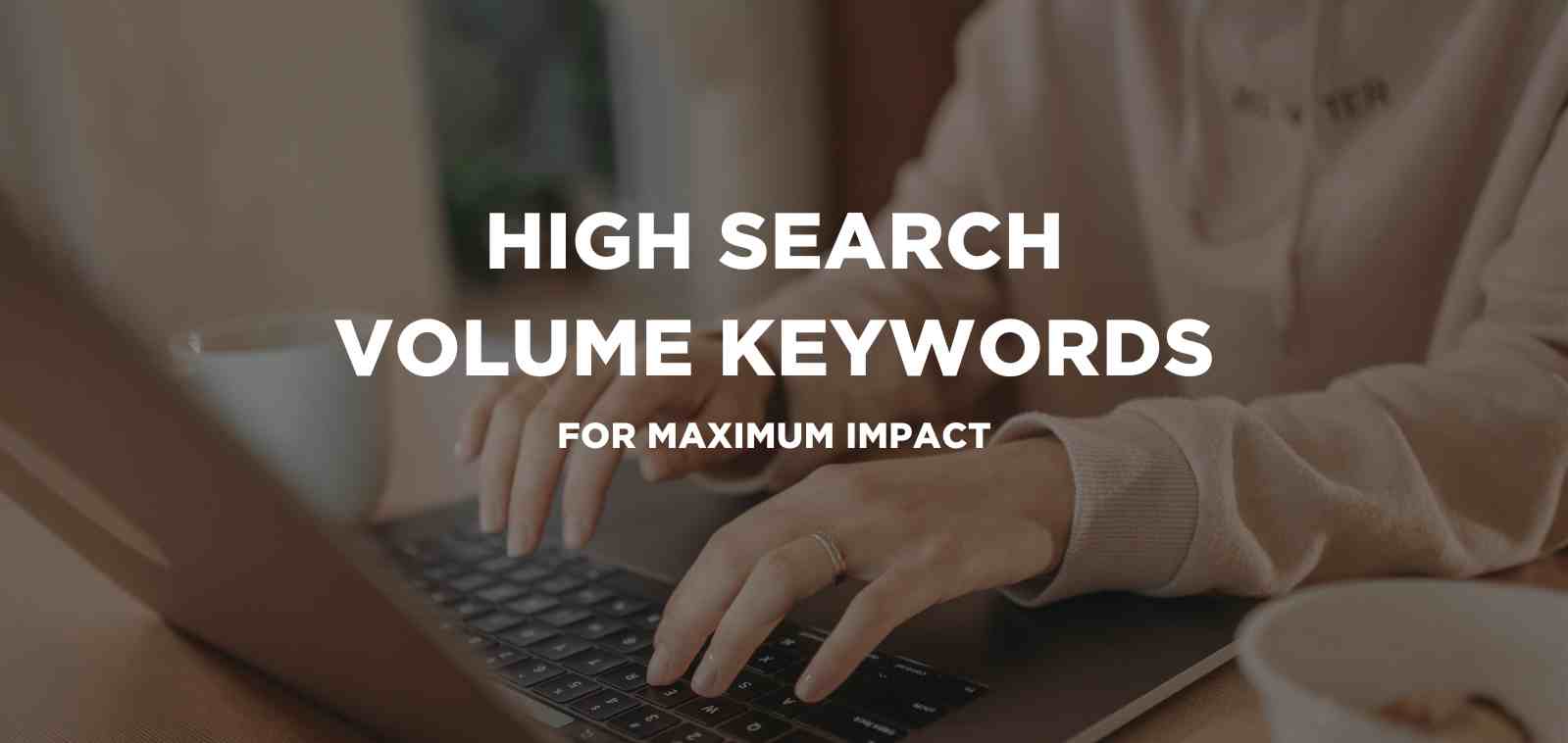2 min read
What is Google Search Generative Experience? (SGE)
What is Google SGE? Think of Google SGE as your helpful buddy on the search results page. Instead of making you click on different websites, it pulls...
Google offers a comprehensive set of Quality Guidelines. If you’re pressed for time, our quick (but thorough) guide shows you how to avoid a Google penalty and what to do if you think you have been penalised.
Over the last 5 years, there have been some major transformations in how Google serves up its results.
Organic search is a business critical sales channel; brands want to avoid penalisation by Google because losing visibility in Google will result in a loss of revenue. You may discover you have incurred a penalty if you experience a sudden loss of traffic. The good news is they can be remedied but better still there is a way to prevent a Google penalty.

Prior to Panda (onsite) and Penguin (offsite) updates, Google operated a primarily link based reward system. In 2011, the algorithm was upgraded for increasing sophistry with regard to eliminating poor results and rewarding those sites that had the best content. This was the Panda update.
The key changes addressed were:
Oh, and how well all of the above are applied cross-device.
The algorithms’ recent evolution has been a relentless march towards better understanding the exact nature of a query. Think voice search, Pigeon (map and local listing), Hummingbird (conversational syntax), the knowledge graph and the eventual mobile first index.
As you can tell from the above, Google assesses how good a piece of content is by the level of interaction it receives. Today it is more advisable to spend resource on providing unique, thought leadership style content that addresses the key concerns of the end user.
The more robust and outstanding your content is, the greater the likelihood that it will draw great links organically.
Instead of paying for links take a strategic approach to building relationships with the key voices (governing bodies, bloggers, news sites etc.) in your space. You will find that many of these people have goals not too dissimilar to your own.
By finding out what their readers want you may be able to get these influencers to link to your content as a means of offering an optimal end-user experience to their readers. This will take time alongside producing content that appeals to the end user. For a great article that will show you the easiest way to get high quality backlinks, see our post about power posting.

There’s more to outreach than sending a personalised email. Knowing your influencers’ site and recent activity is a great way to demonstrate that you are not simply looking for a link but are looking for a mutually beneficial partnership. It pays to be in for the long haul. Keeping regular contact with these people after you have got the link you want will help achieve longer term goals.
A great example of this is a fashion brand offering fashion bloggers exclusive rights to images in exchange for links. The bloggers are happy as long as they receive unique, high gloss images and the brand gets the links and exposure they want.
There are over 200 ranking factors but backlinks still play an important part in where a web page will rank in Google’s index. Be warned, Google looks for unnatural links to a website to decide if there is an attempt to manipulate results.
One red flag is the overuse of exact match anchor text in the hope that this will boost the ranking for a keyword. Paid for links are often traceable as they betray a methodical backlink pattern. Natural and outreached links are much less predictable. They do not leave behind a traceable pattern. The patterns that follow artificial link building are often reflected in anchor text, the link context and CMS types where the links are found.
This type of transgression is considered black hat SEO and may result in being de-indexed from Google. To avoid this, never pay for links or for guaranteed rankings.

As a general rule of thumb, always make sure that your anchor text is varied and natural. The best way to achieve this is to never ask anyone to give you a link with a specific anchor text. Instead, it’s best to be happy with whatever anchor text occurs naturally.
If you notice that you have dubious links you can tell Google to disavow them from your site.
There is proprietary software out there such as Majestic SEO or Ahrefs that offer a deeper dive into the data. The benefit of proprietary software is that it often comes with neat features that can reveal to you the anchor text, whether links are ‘no-follow’ and the contextual relevance of the site that the link is coming from.
In many cases, contacting the Webmaster of the website where the low quality links are coming from will provide the best results. But this is not always as straightforward as it sounds. Developing an analysis driven strategy is integral to the success of a link clean-up operation.
Spammy links are easy to spot once you start looking. The best links will be from authoritative sites that you know to be industry leaders and who link back to you within the context of their own article.
Key signs to look out for:
Because Google is constantly striving to understand user intent, those that help the user with the highest quality answer will see themselves ranking better. An earnest attempt to add to the existing body of knowledge will always be good quality content which is what Google wants.
This is where a 3rd party has deliberately sought to get you penalised by Google. Commonly this is through off-site SEO where a competitor has built unnatural links to your site in the expectation that Google will deem these an attempt at artificially manipulating SERPs.
For established sites that naturally draw links, an attack like this can only work when hundreds of thousands of low-quality links suddenly point to relatively few commercial pages.
Getting 10,000 links to point at a domain in 2 days will get noticed and eventually penalised.

There isn’t much you can do to prevent low-quality spammy links to your site, but an early warning can give you enough time to take countermeasures. By monitoring your backlink profile for spikes in new links and reviewing new links based on the criteria listed in this article you can then disavow any links that don’t seem right.
Regular ranking checks are another way to find out if your site has been demoted by a search engine. If you see a cluster of keywords suddenly drop rankings dramatically that could be an indication that the corresponding target page has been hit.
If you think you may be the victim of a link penalty, contact us. Our experienced SEO team can have a look and discuss your options.

2 min read
What is Google SGE? Think of Google SGE as your helpful buddy on the search results page. Instead of making you click on different websites, it pulls...

5 min read
Discover the power of high search volume keywords and how to effectively use them to boost your online presence and drive maximum impact.

2 min read
We're delighted to officially announce our partnership with Eflorist, one of the world’s leading flower delivery brands with over 54,000 local flower...
1 min read
This blog is essentially a definitive guide to my favourite Google shortcuts. Google shortcuts can provide you with free, fast and accurate facts...
The SEO community was in consternation earlier last week when Google hit Australian SEO agency dejanseo.com.au with a penalty. Their traffic...
1 min read
Google have today launched the long awaited new search enhancement Google Instant, which displays search results as you type. Google Instant pushes...